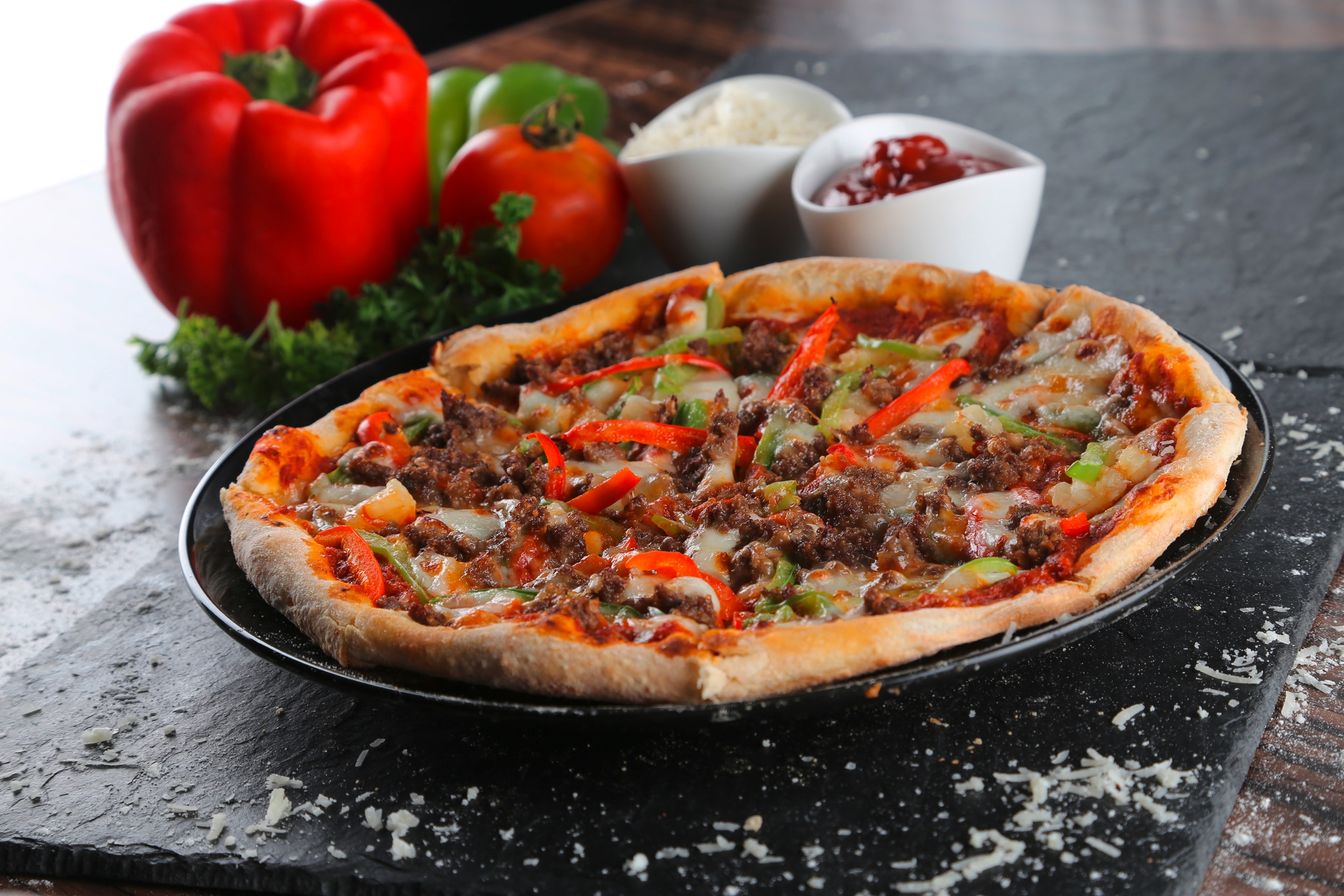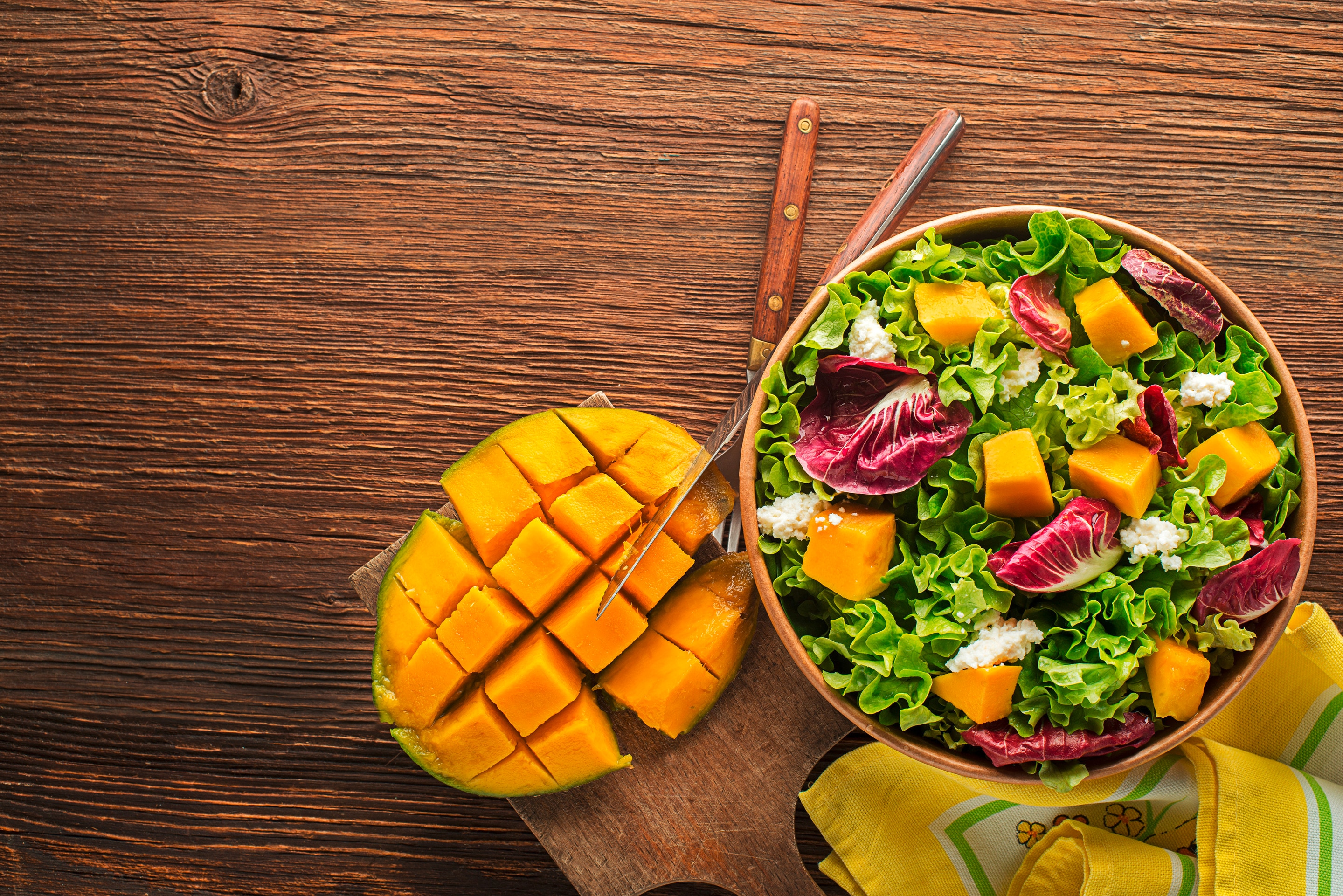The Abakada Of Filipino Food
Share to facebook Opens in new window
Can you identify some the most loved Filipino food favorites as easy as ABC? Here's a rundown of some of the most popular choices:
A – Adobo
Adobo takes its name from Spanish roots but the method of cooking is originally Filipino. "Adobo" was the name given to the way Filipinos cooked stew with vinegar. Until today, it remains among the top favorites among Filipino dishes.
B – Bicol Express
Bikolanos call this well-known dish as " Sinilihan " because it makes use of a lot of Siling Mahaba. It is named after the train service, which connects the Bicol Region and Manila. It's not all spicy however because it also contains Coconut Milk. The milk helps give the dish a rich sweet and spicy taste.
K – Kinilaw
This dish is differentiated among the rest because of its dependence on freshness. Kinilaw is made out of raw fresh fish soaked in vinegar alongside other spices. The dish takes its name from "Kilaw", which means the act of eating something raw.
D – Daing
Daing stems from a method of preserving food. Fish is dipped in vinegar and salt, which help the fish stay fresh as long as possible. Eventually, this has evolved into a form of cooking, which gives the fish taste a little bit more kick than the usual.
E – Empanada
Empanada may not have Filipino origins but remain to be a huge part of the Filipino culture. The name comes from " empanar ", which means "to coat with bread". Spaniards introduced this to Filipinos and has ever since been a basic treat in nearby bakeries and Filipino food stalls.
G – Gambas
Another Spanish influence is the Gambas. It is a Shrimp based dish sautéed alongside other condiments, such as garlic, that help spice up the meal. Filipinos adapted this and created many varying local versions.
H – Hamon
Hamon comes from the Spanish word "Jamon", which means "ham". It's popularly served as the main dish in big celebrations. It is also coined as the star or centerpiece of a Noche Buena feast.
I – Inihaw
A lot of the Philippine's most well-loved foods are cooked by grilling or roasting meat. Some popular inihaw meals are Inihaw na Isda (Bangus or Tilapia) and Inihaw na Baboy (Liempo, BBQ or Lechon).
L – Longganisa
Other than grilling, turning meat into Longganisa is also common in the country. Longganisa is characterized as meat shaped into sausages. It is flavored with varying spices. Varying regions of the Philippines have varying flavors for the Longganisa.
M – Menudo
Menudo is often confused with Afritada, Mechado and Kaldereta because they are all Tomato based dishes. However, there exist some subtle differences. Menudo is often prepared with Pork alongside Potatoes and Carrots, giving it a sweet blend. Afritada is usually prepared with Chicken and is the most basic among the four. Mechado often uses Beef and is drizzled with Soy Sauce. Finally, Kaldereta has the thickest sauce and typically contains Goat or Beef meat. You know what else starts with M? Macaroni Salad!
N – Noodles
There exist two types of noodles, which Filipinos enjoy. One is of Chinese origin, called the Pansit, while the other is of Italian called Spaghetti. Despite foreign sources, Filipinos have found ways to give it a local twist. For example, Pinoy Style Spaghetti is much sweeter than any other types. It is cooked with Hotdogs or Ground Beef and is served as a snack or during birthdays.
O – Okoy
The Okoy or Crispy Shrimp Fritter is a popular snack or appetizer, which originated in Laguna. Young Shrimps are deep fried with egg and flour in order to make it crispy and flavorful. It also usually dipped in Vinegar or Mayonnaise.
P – Paella
Paella is another foreign dish that has been adopted locally. It originated in Spain, particularly in the region of Valencia. It is primarily a rice dish, usually using yellow rice. It is cooked with seafood on a flat pan called a Paellera.
R – Rellenong Bangus
Tedious and careful cooking is expected when creating the Rellenong Bangus. Unlike other fish dishes, this requires deboning, marinating and filling in the fish with vegetables. Despite the work, the end result is exquisitely rewarding.
S – Sisig
Sisig is derived from the Kapampangan word for "snacking on something sour". The people of Pampanga show pride for this local cuisine by having an annual Sisig Festival at Angeles. Sisig is prepared with minced fish - try the Bangus Sisig, beef, chicken or pork meat marinated with a sour Lemon or Calamansi. It is finally served on a sizzling plate to be enjoyed and shared.
T – Tapa
Traditionally, Tapa is created by curing beef with salt and other spices. It is then let out in the sun to dry after. Nowadays, drying isn't done as often. It is cooked by frying along with vinegar. Filipinos love eating Tapa with Sinangag or Fried Rice and Egg. Together, they form a popular meal called Tapsilog.
U – Ubod
Ubod is the heart of the palm taken from Palm Trees. It is frequently used in Lumpiang Ubod wherein the Ubod is wrapped around a Lumpiang Wrapper. It is then glazed with varying sauces, like Soy Sauce or even Mayonnaise.
Related Articles
- slide 1
- slide 2
- slide 3




